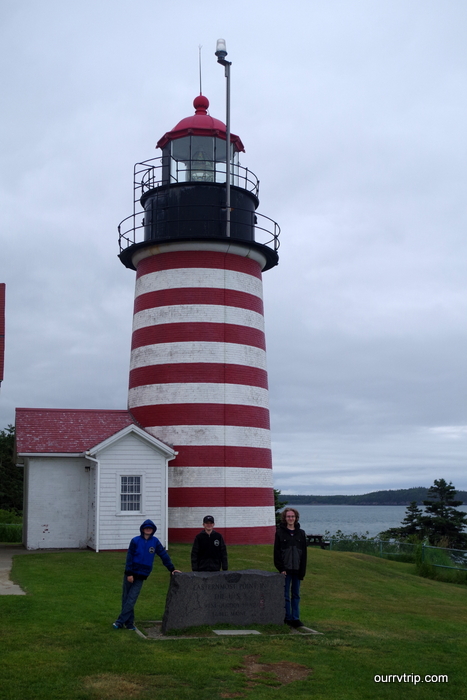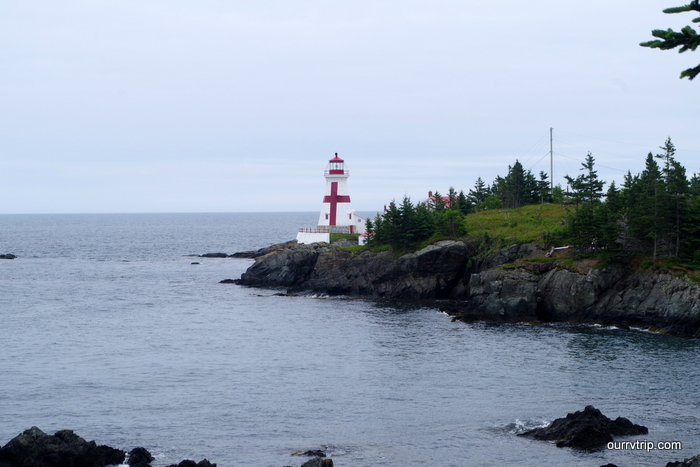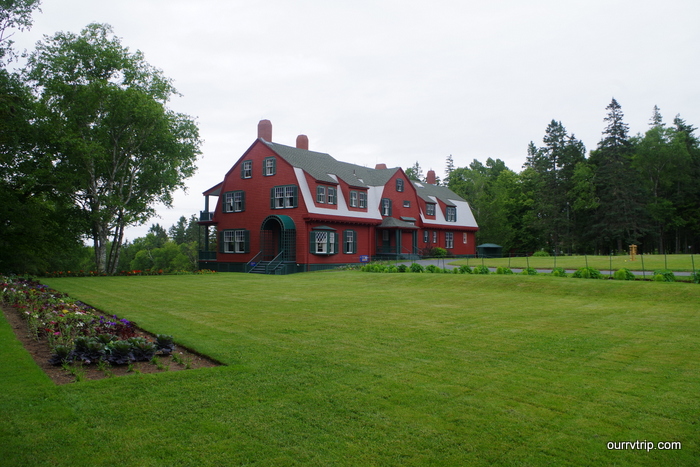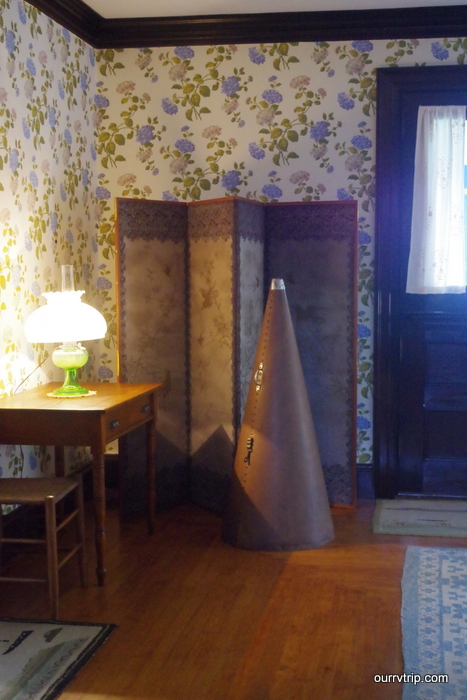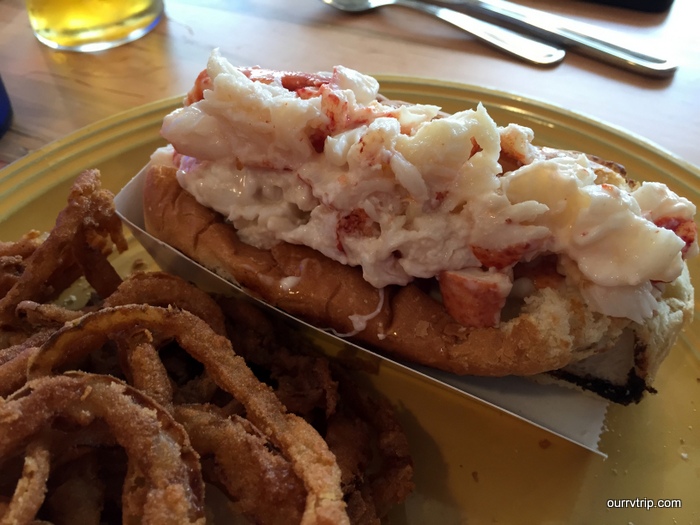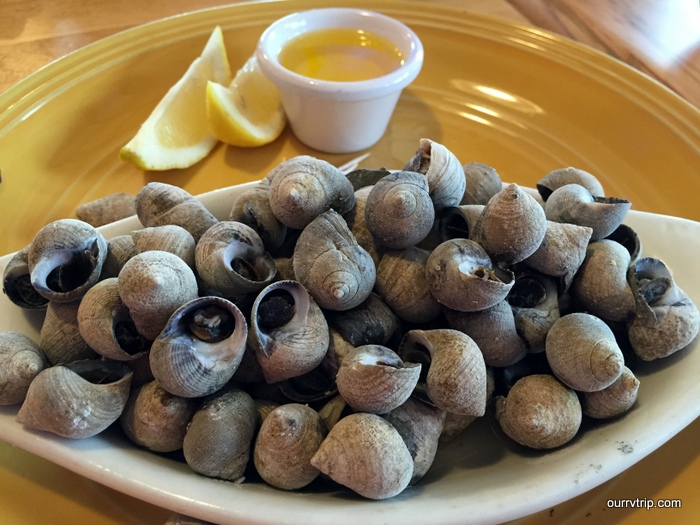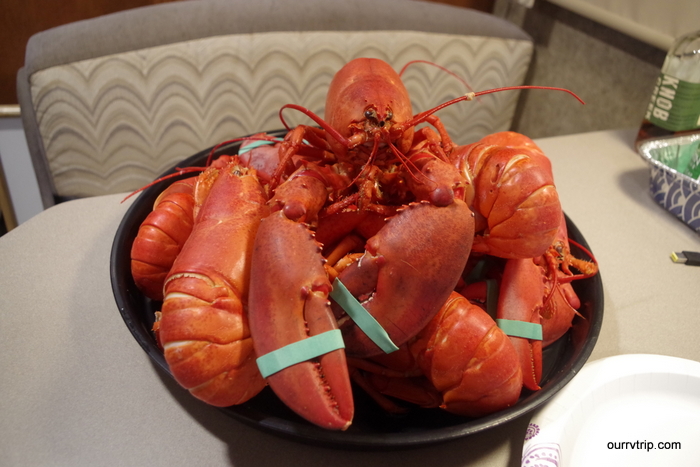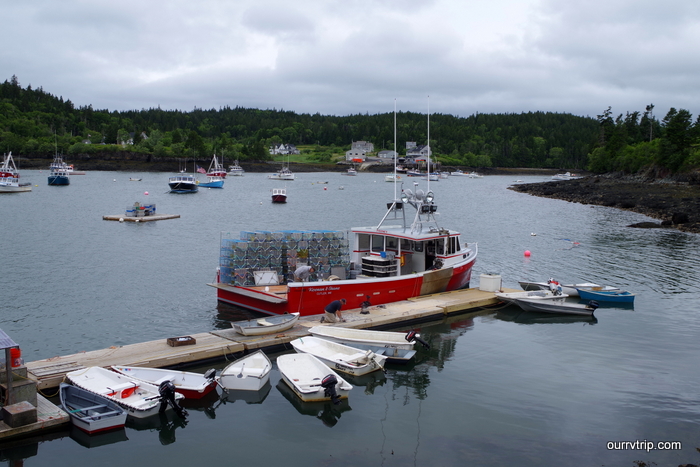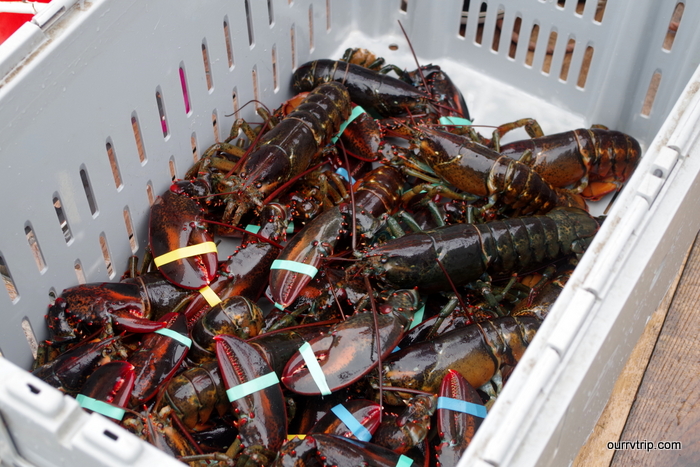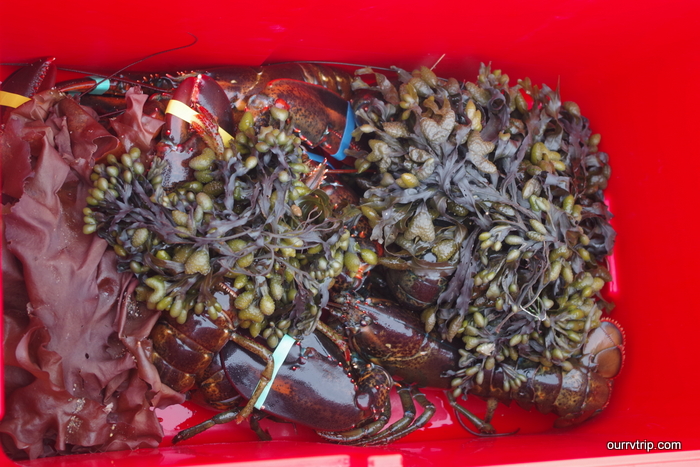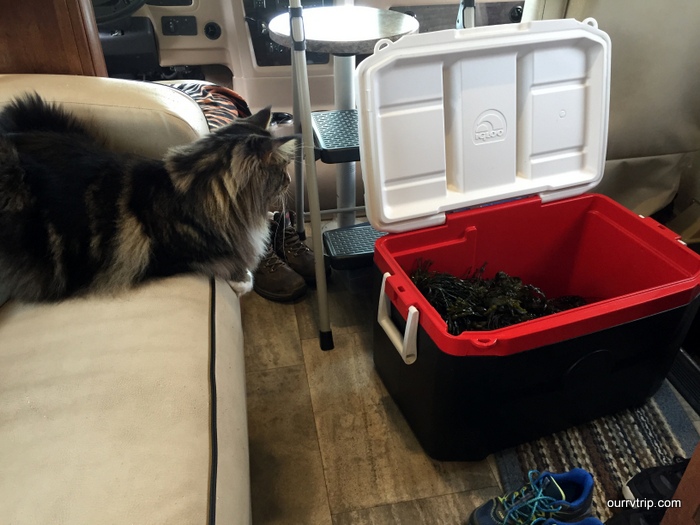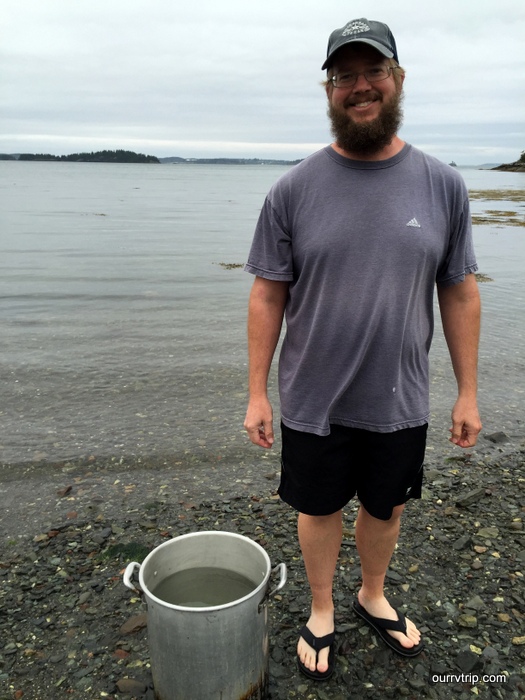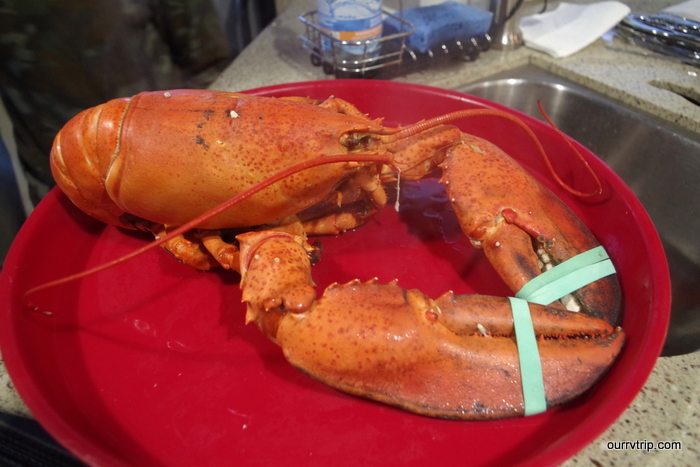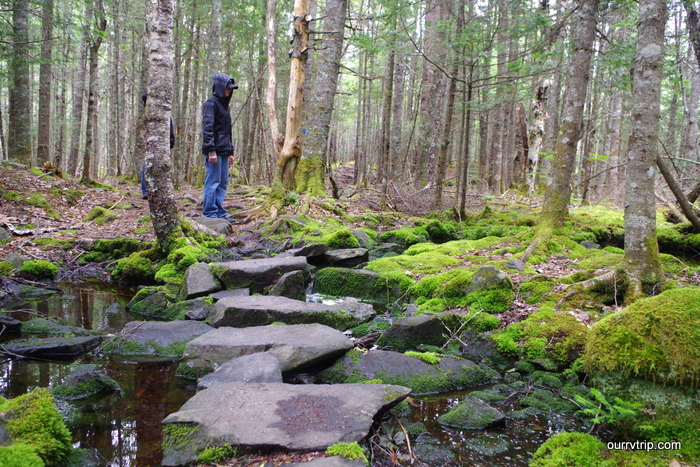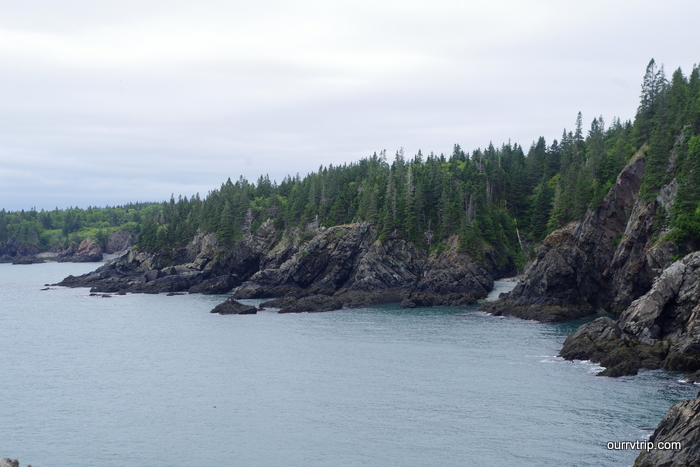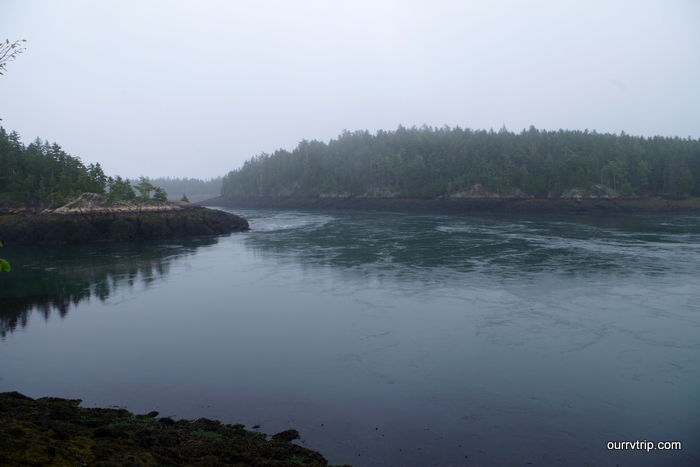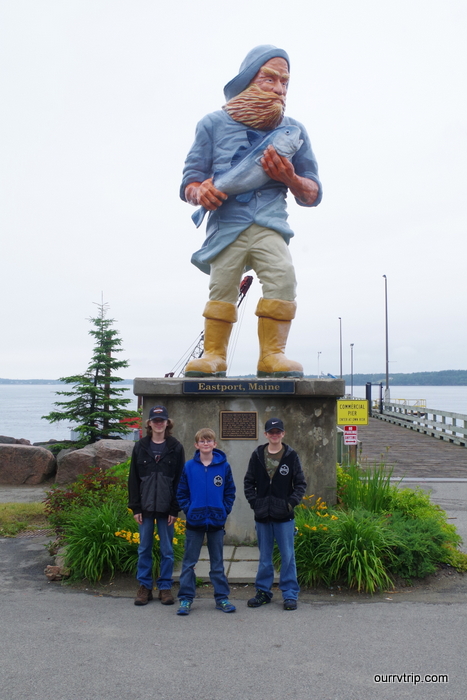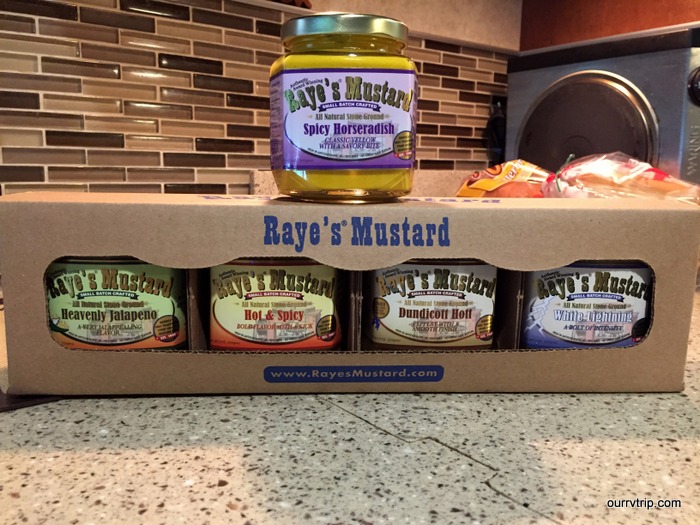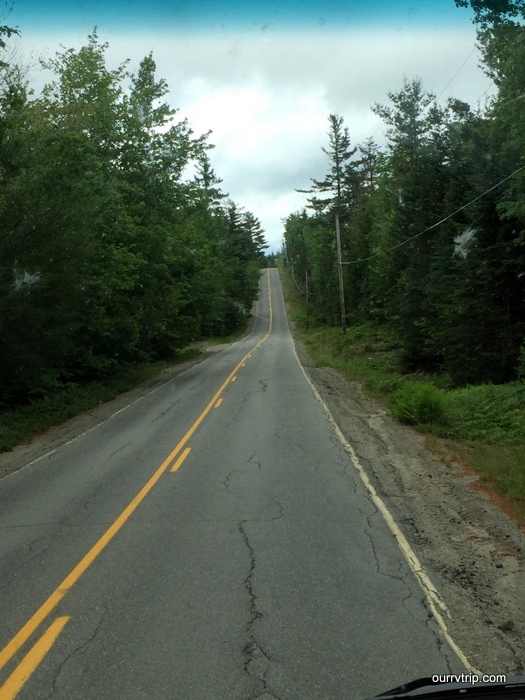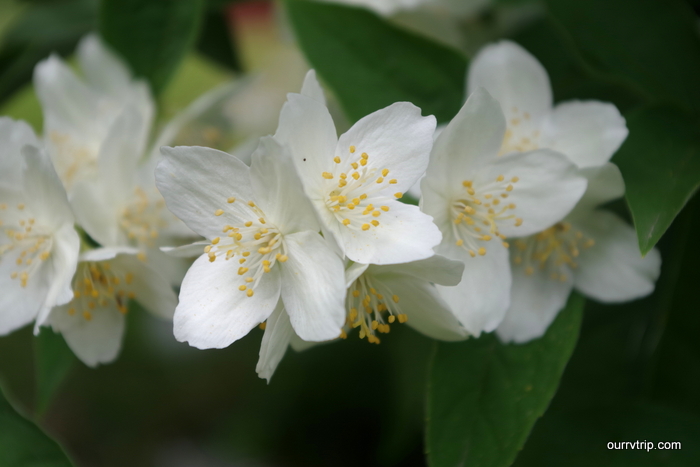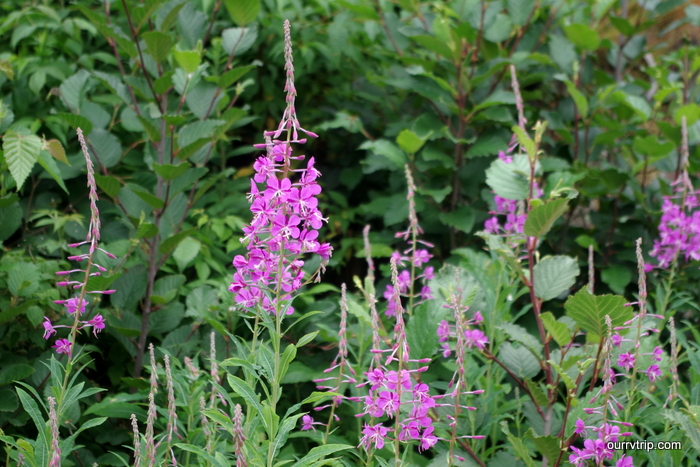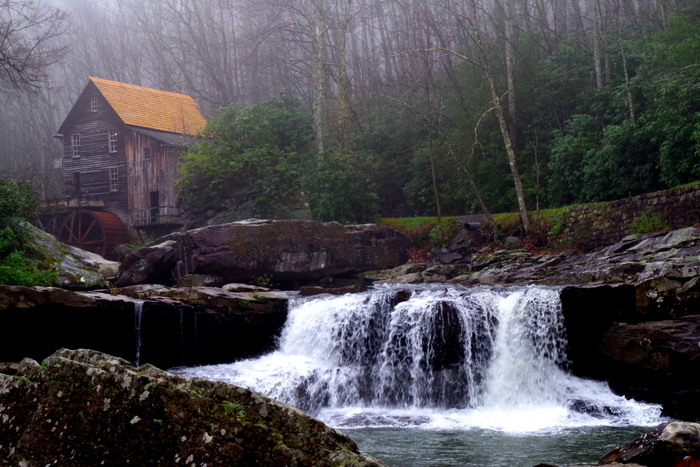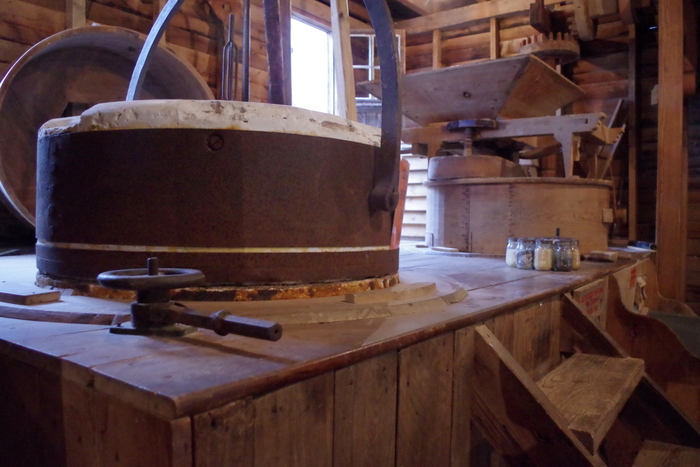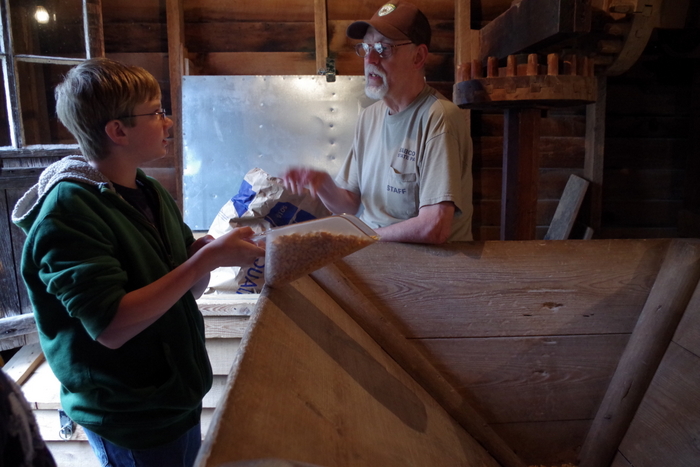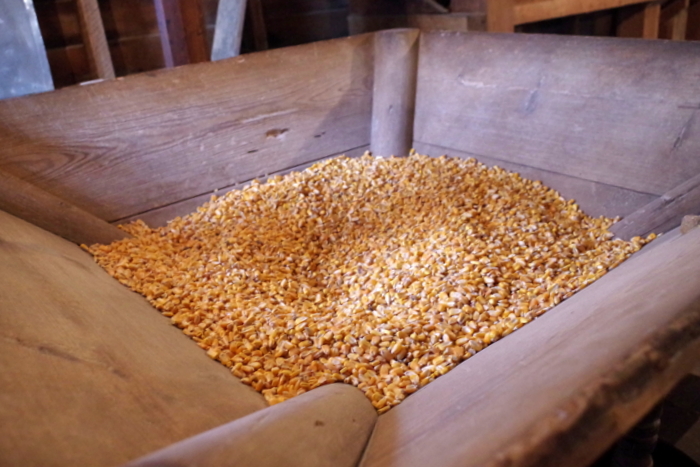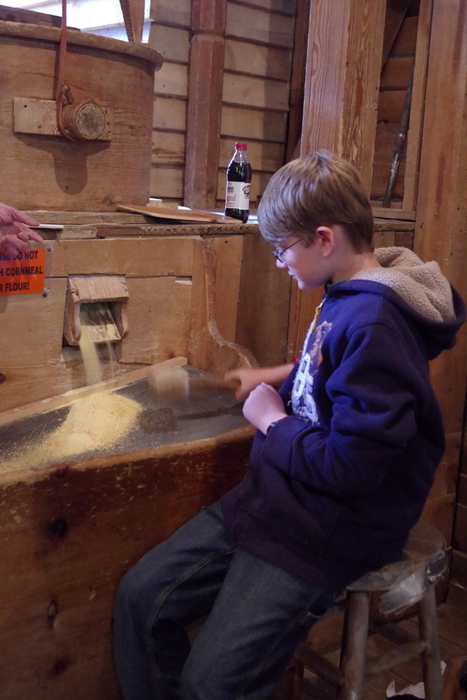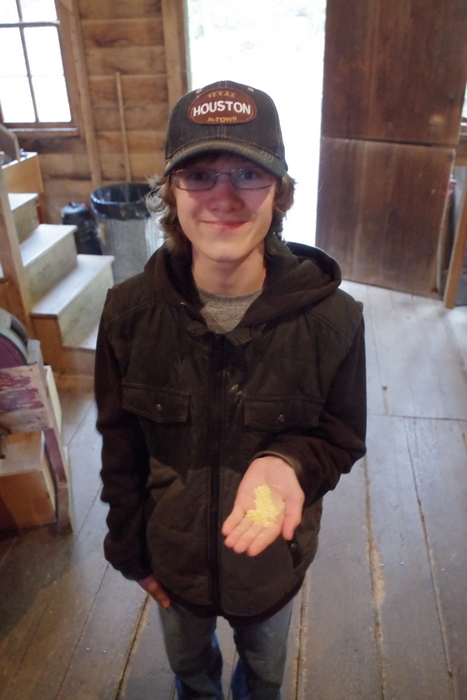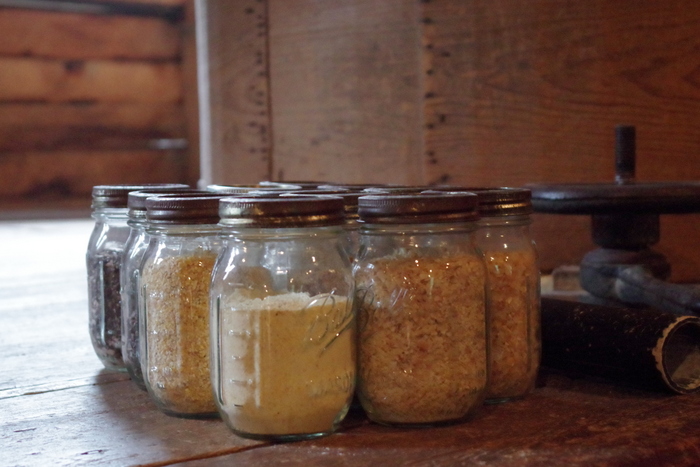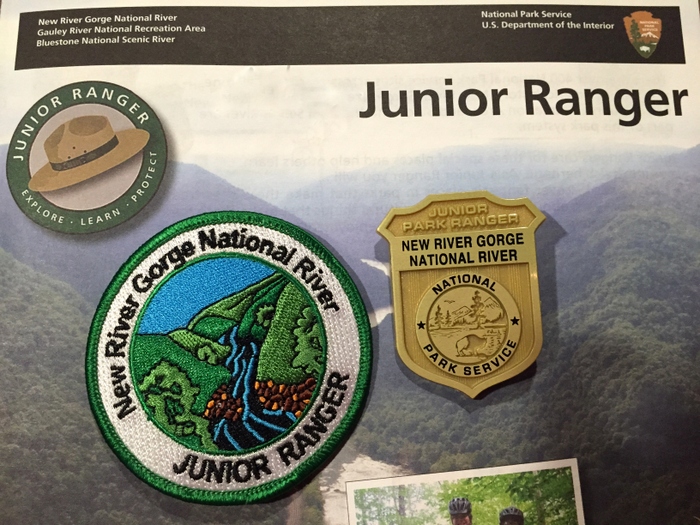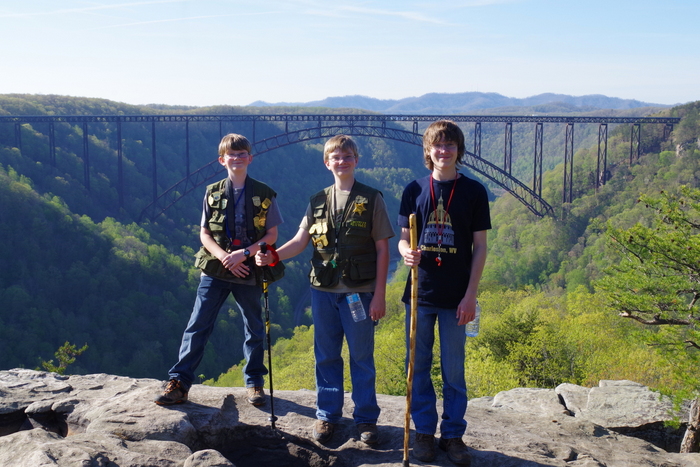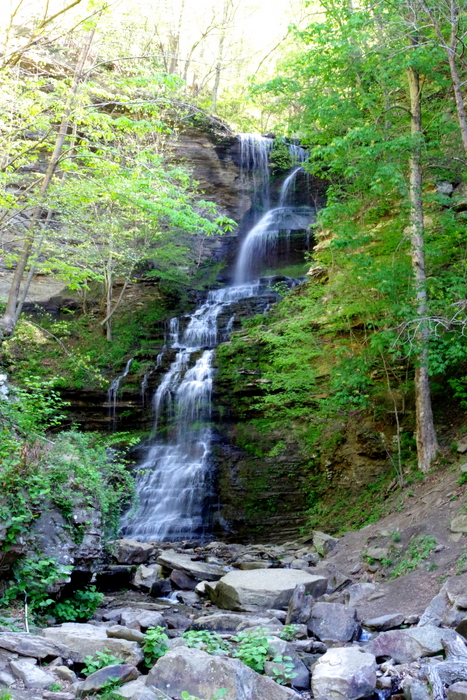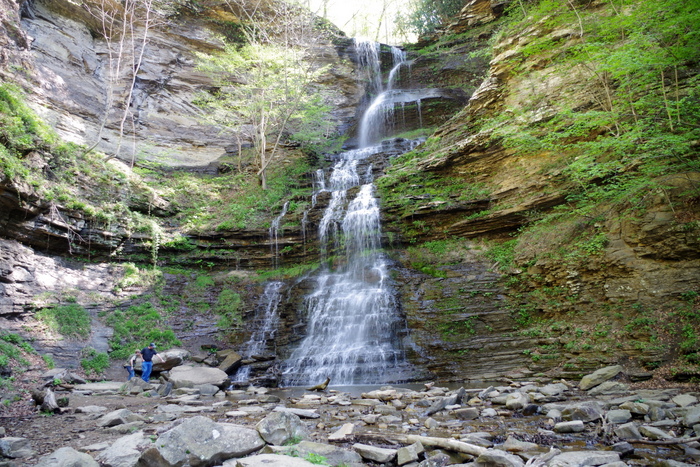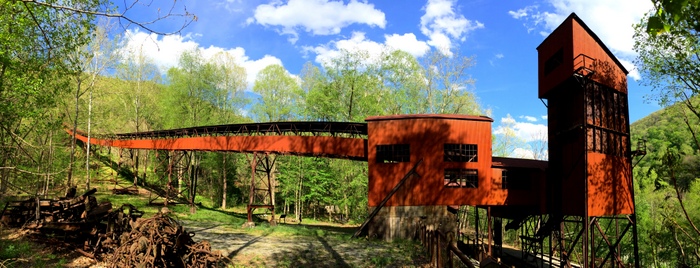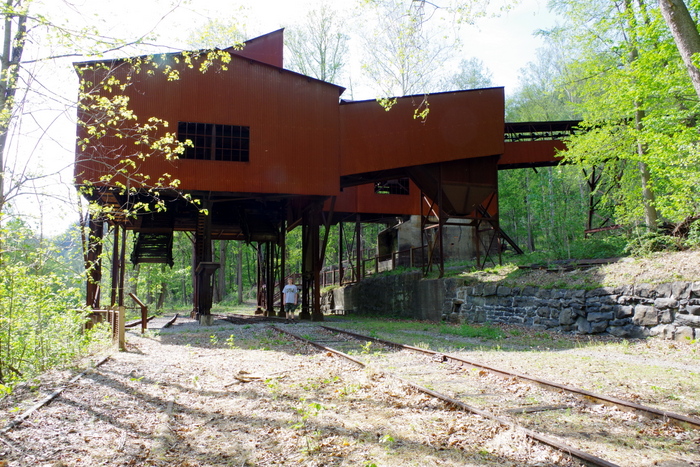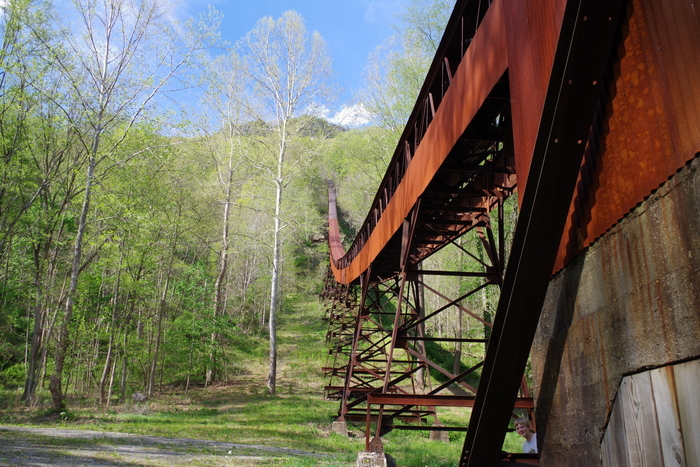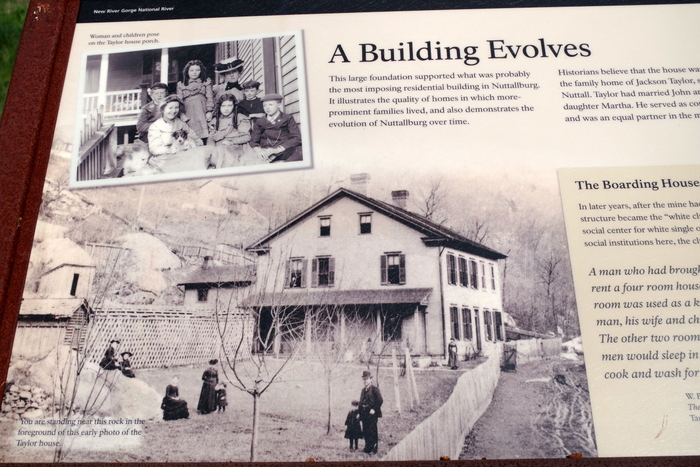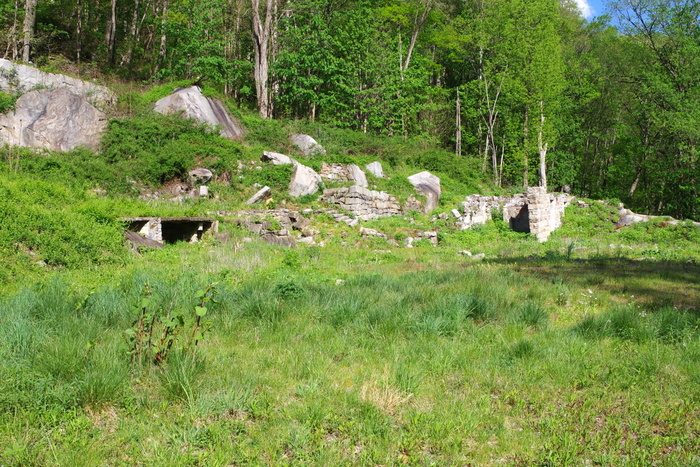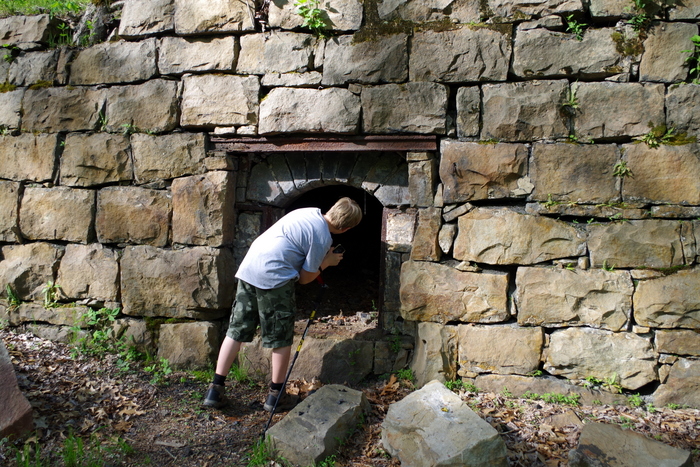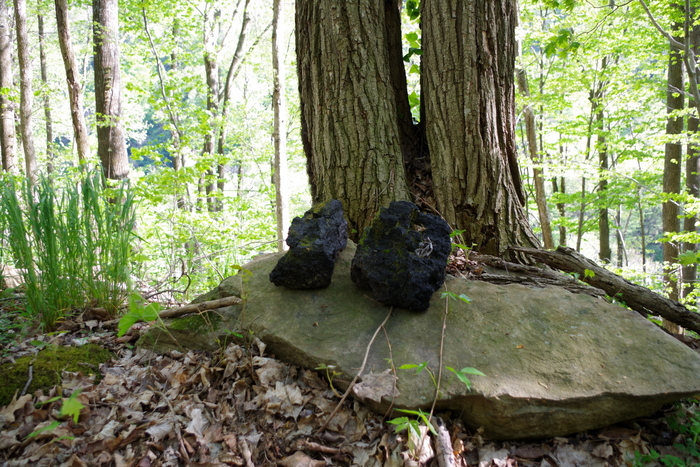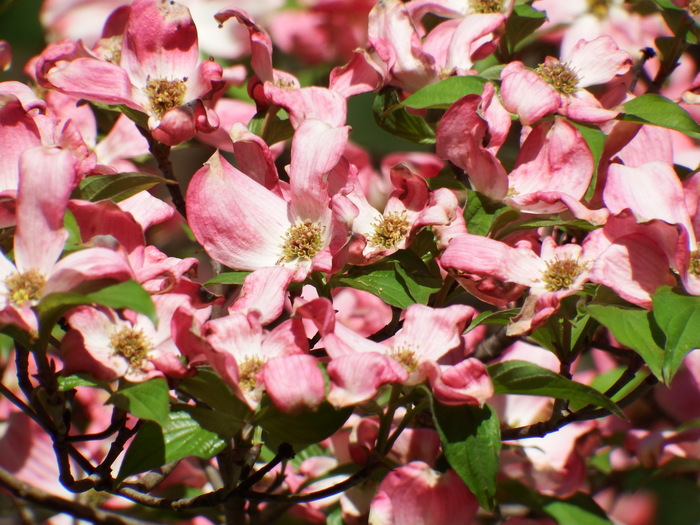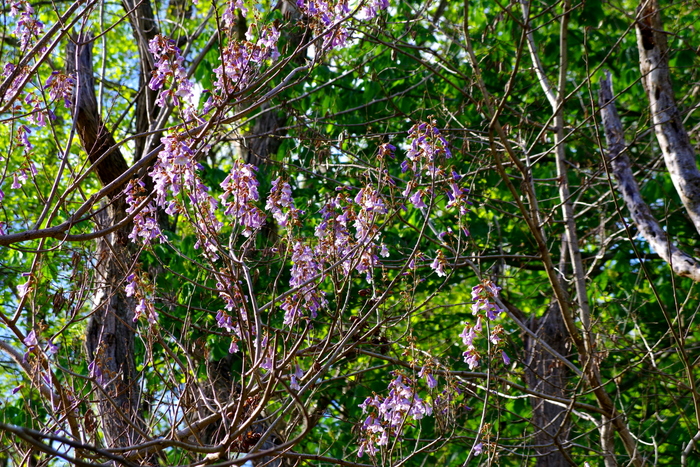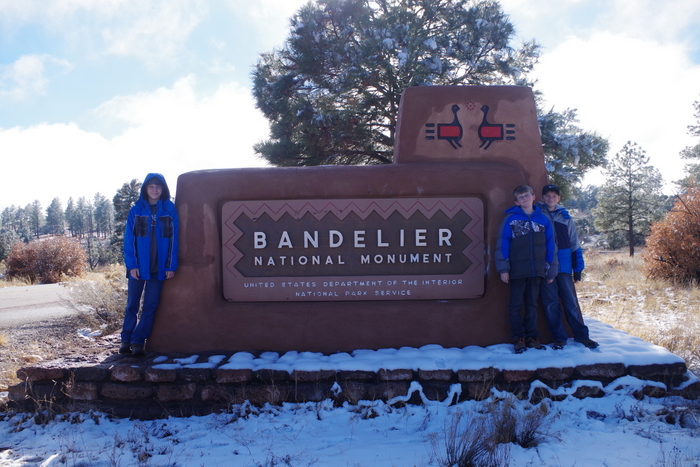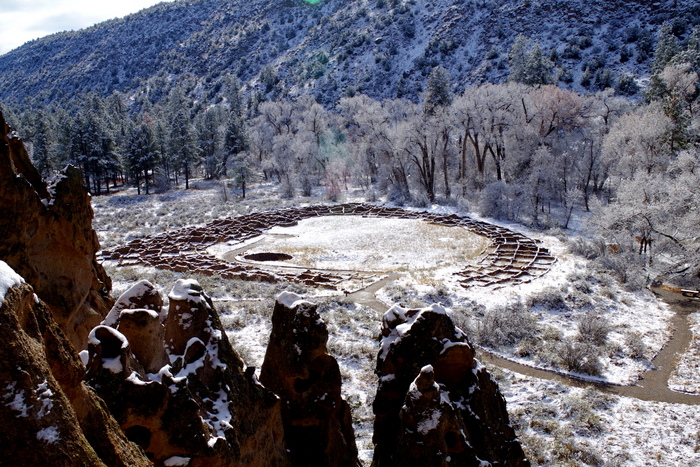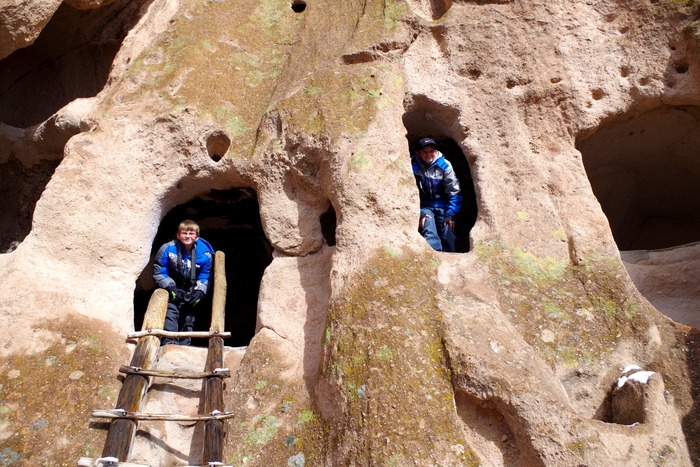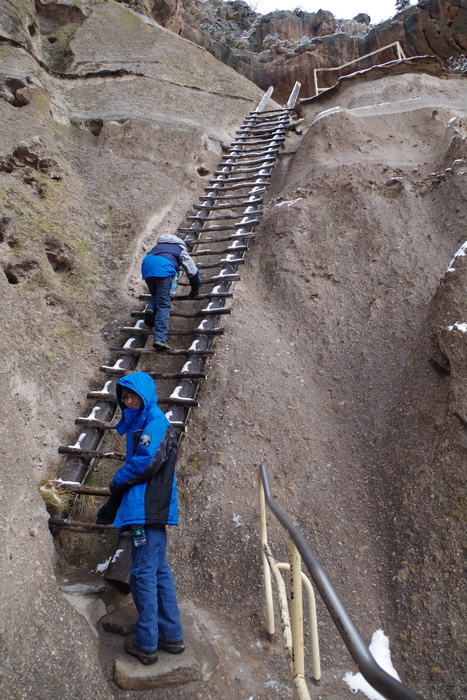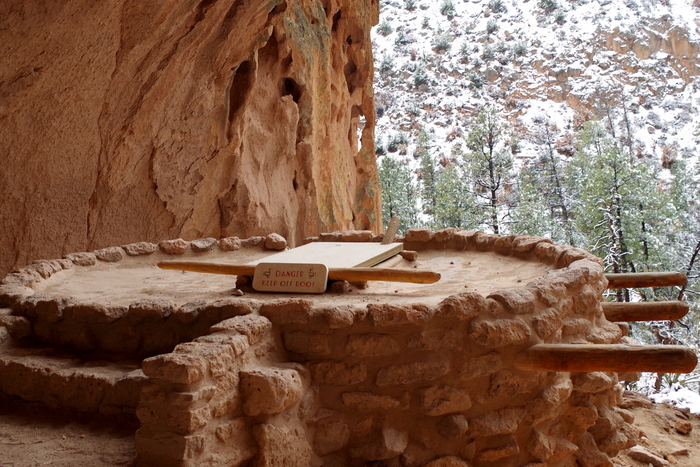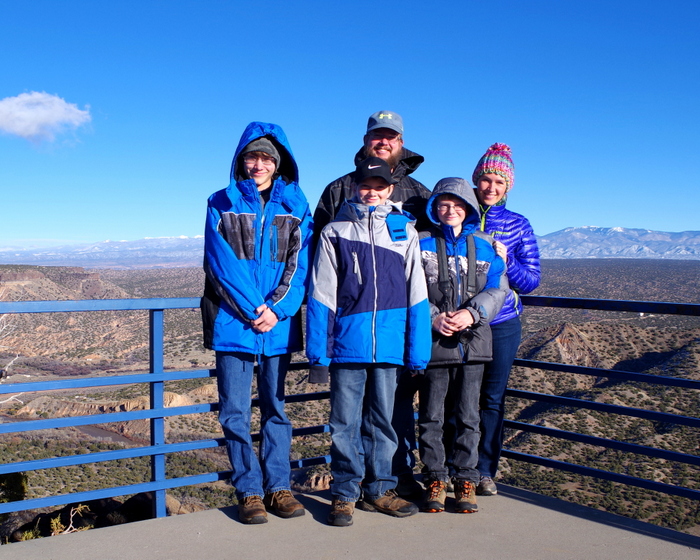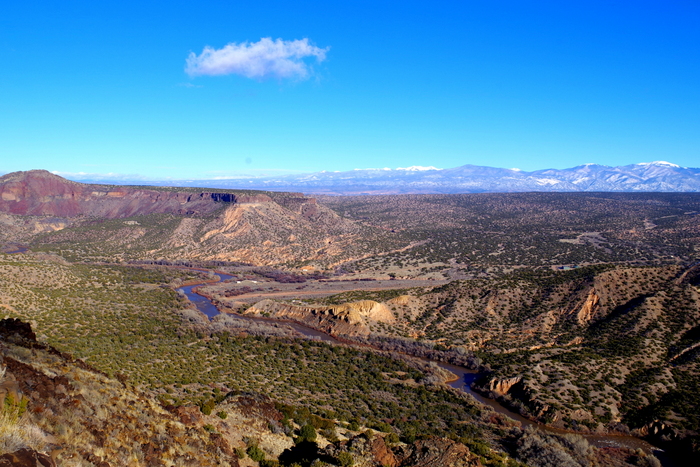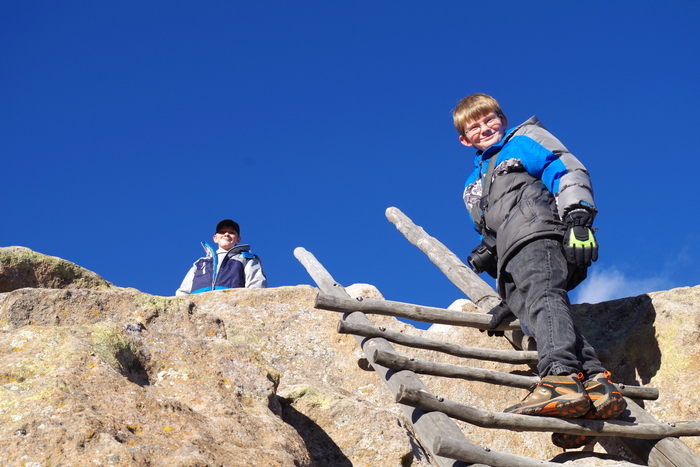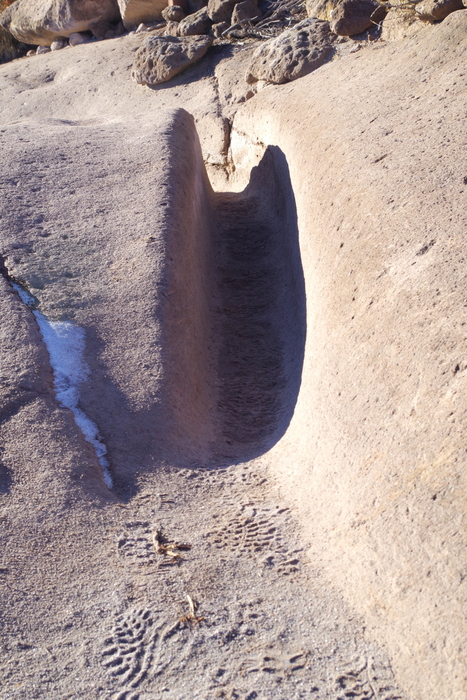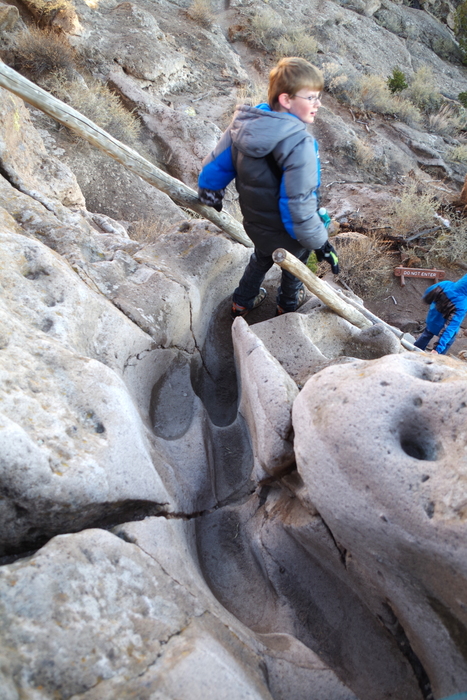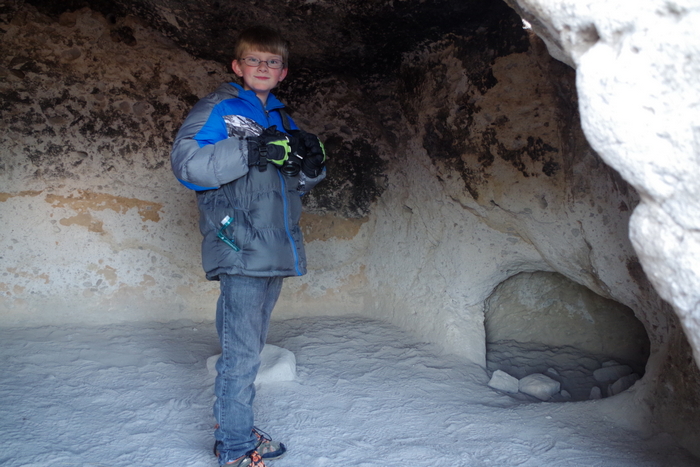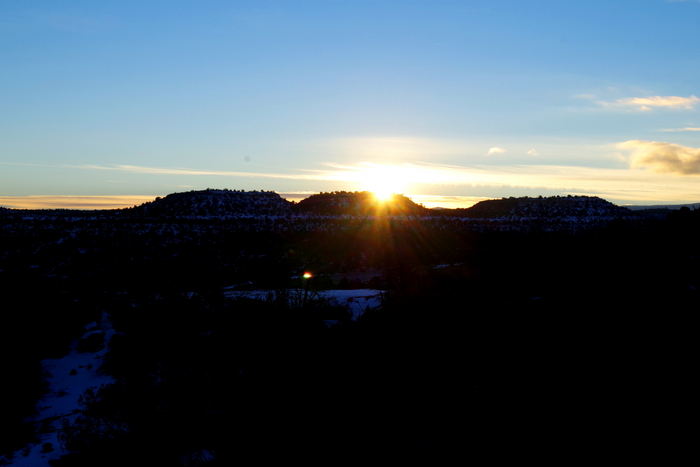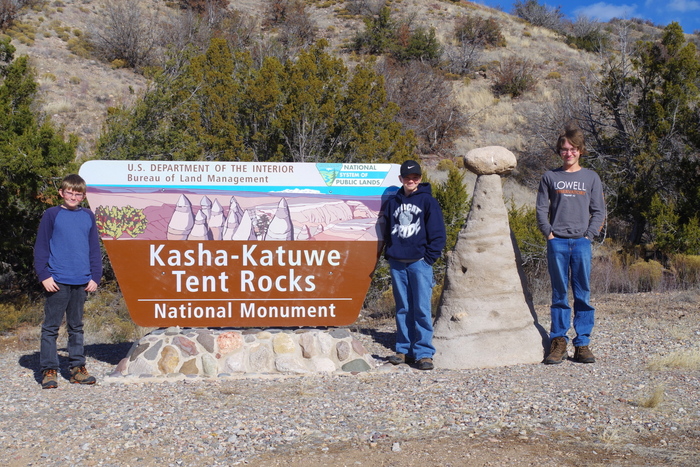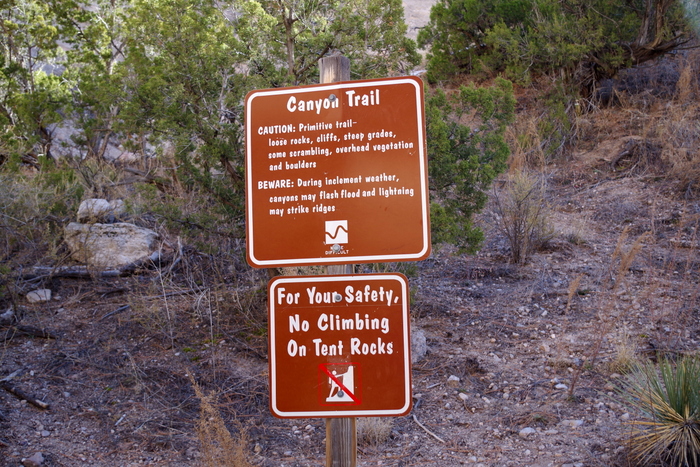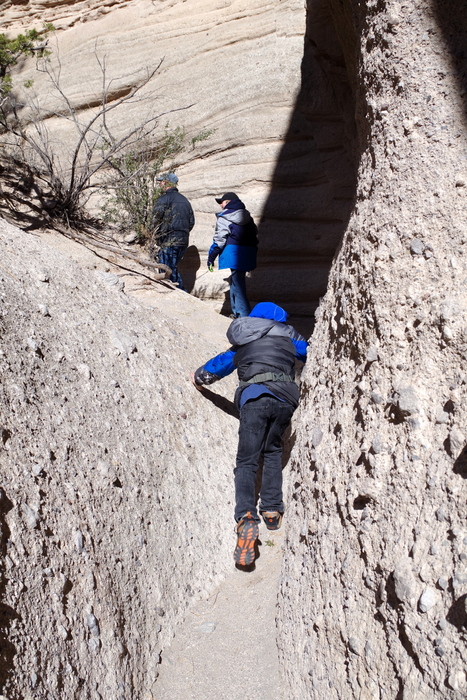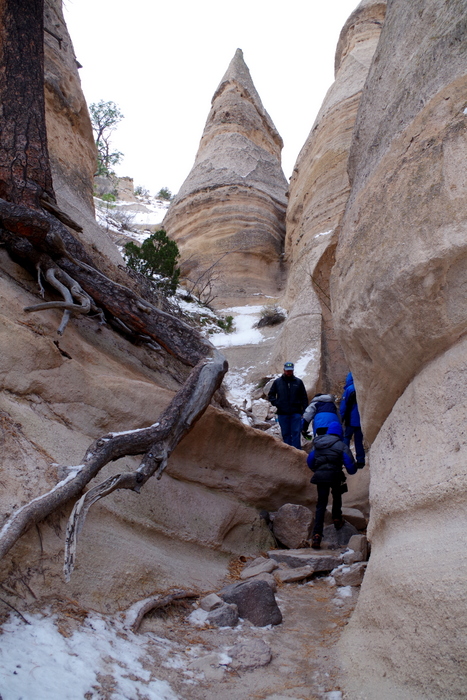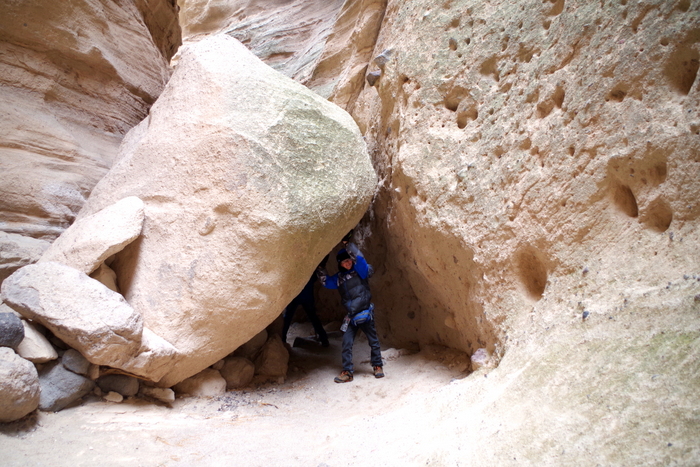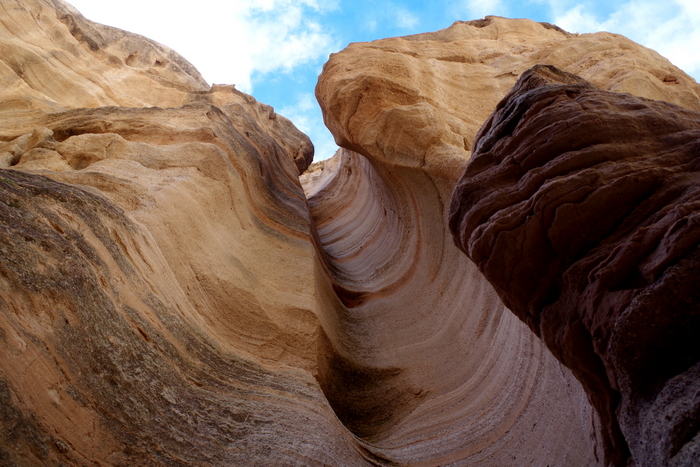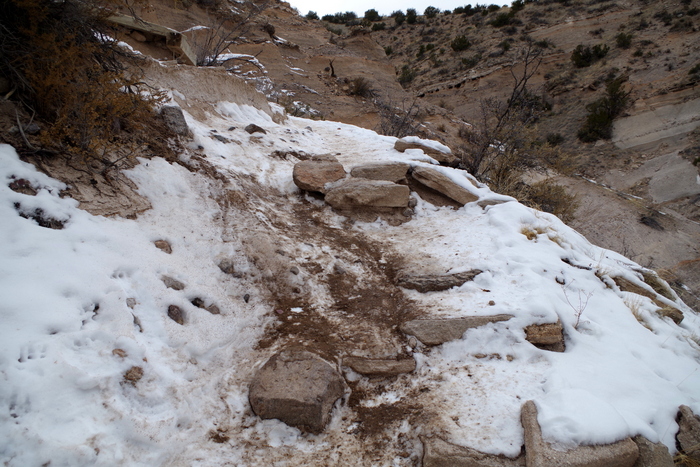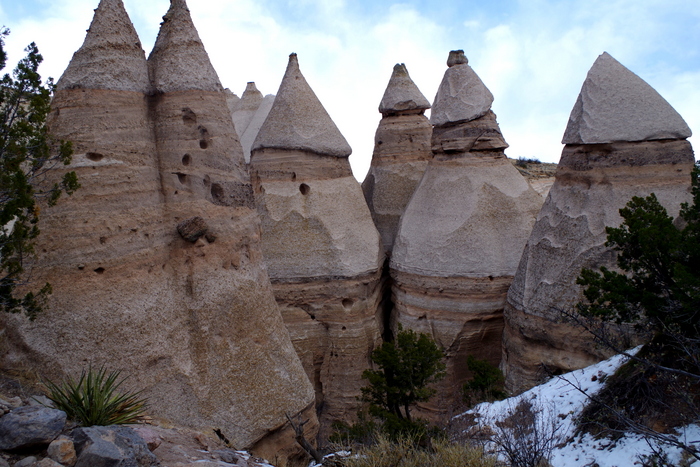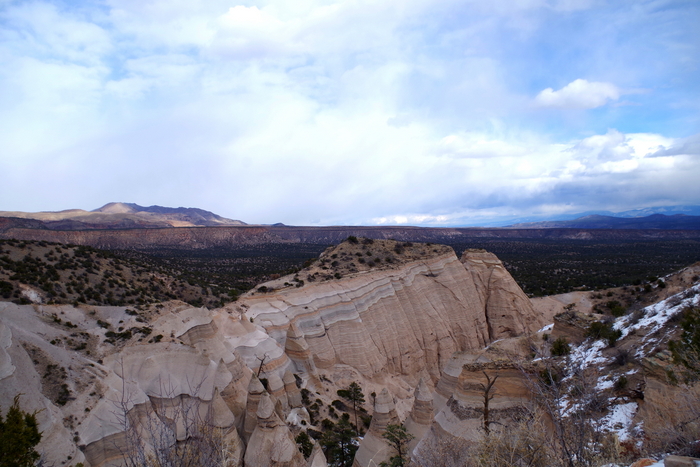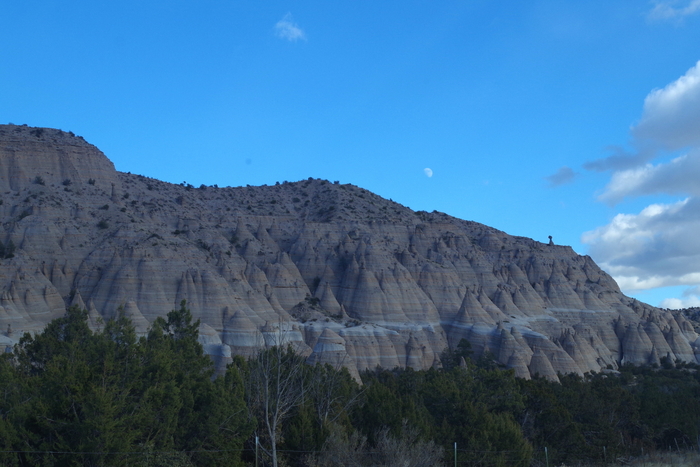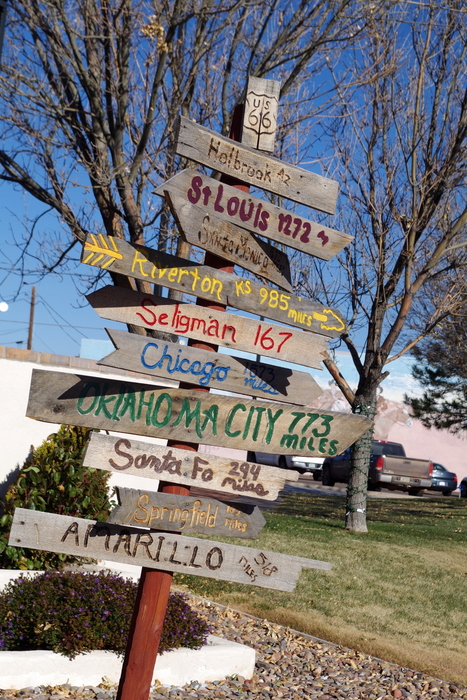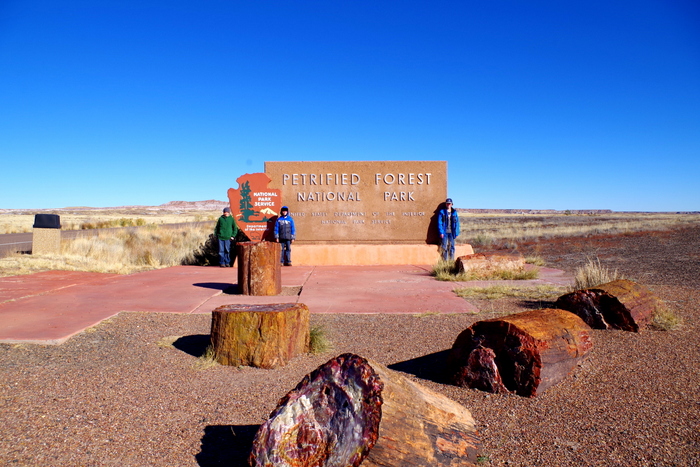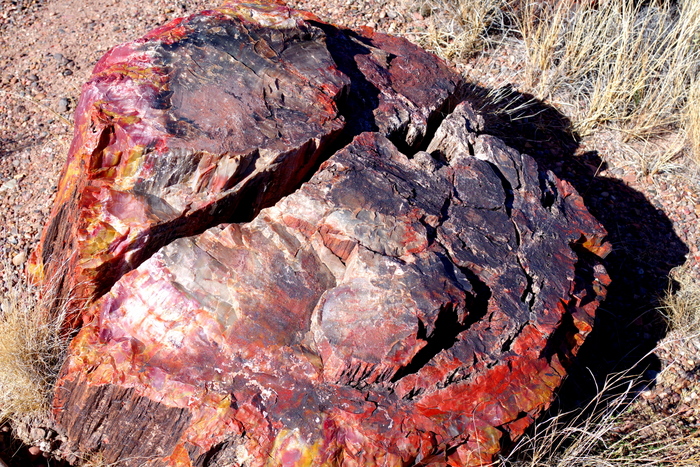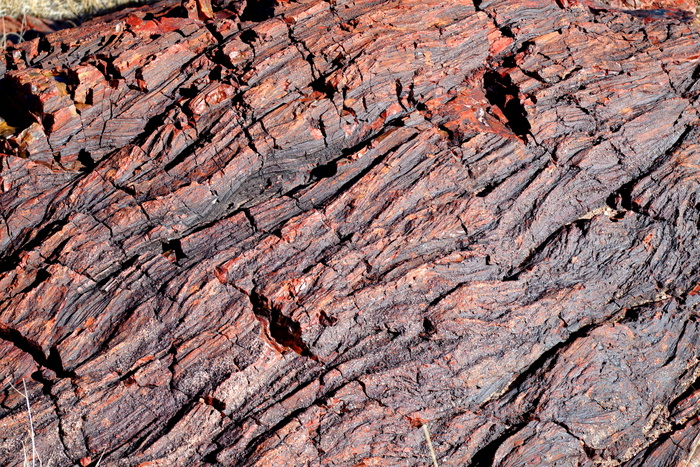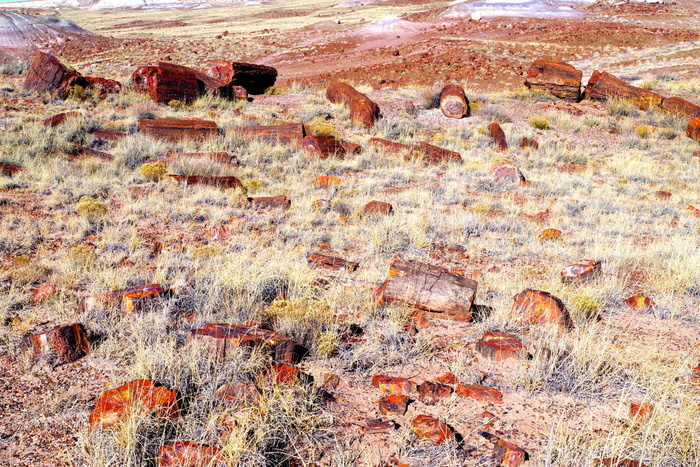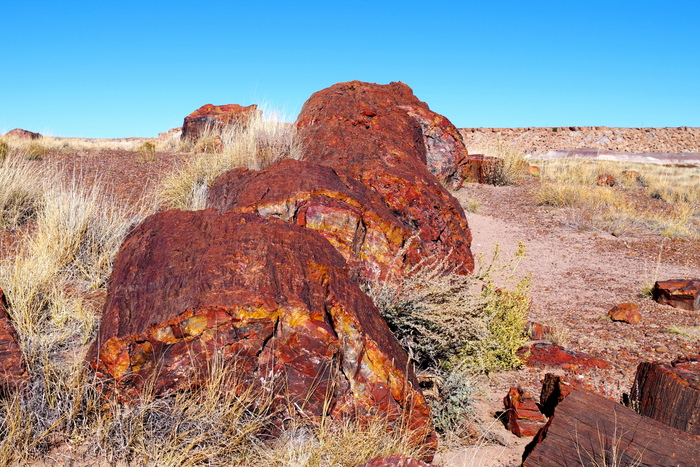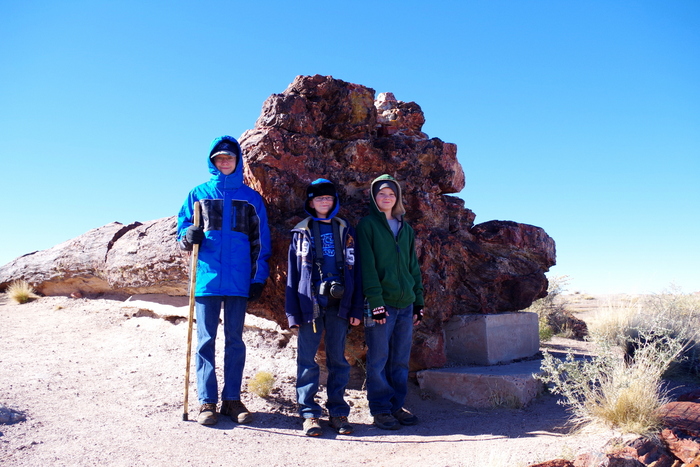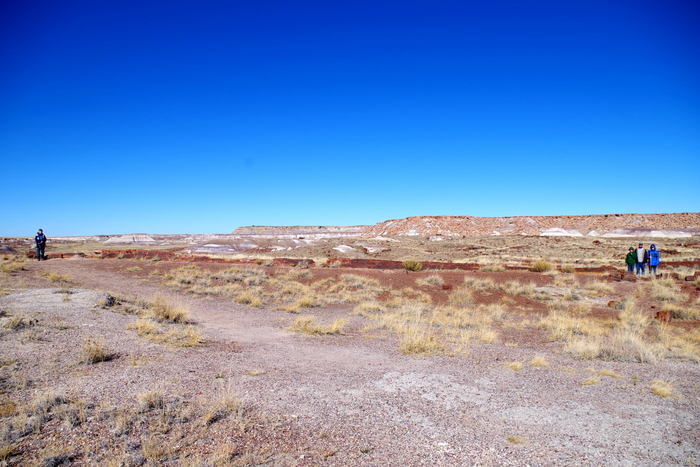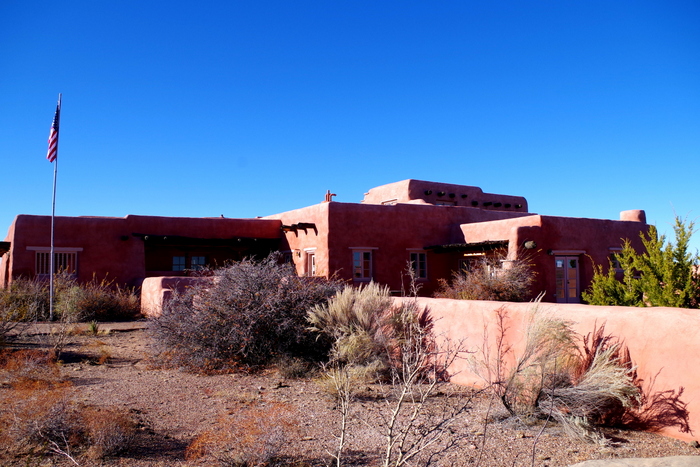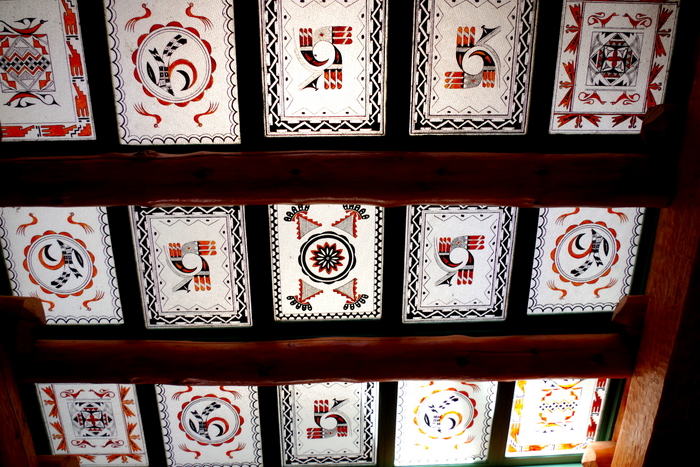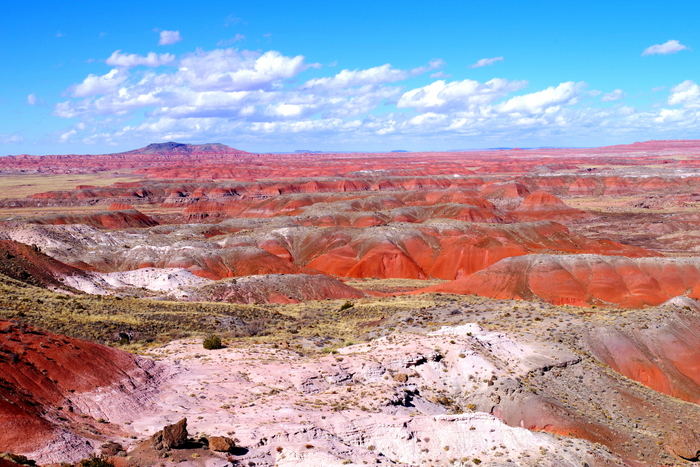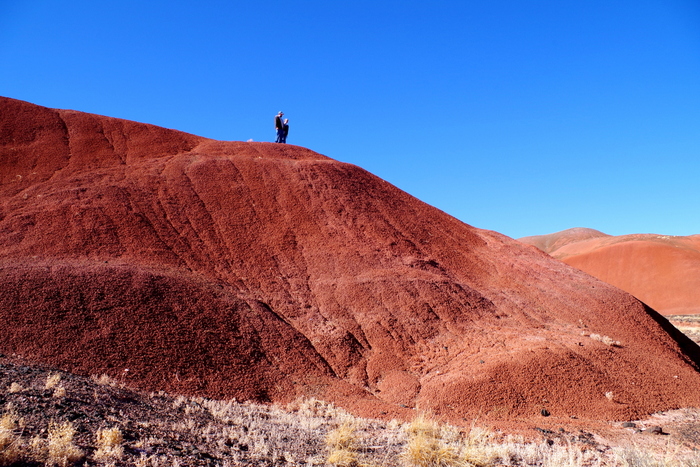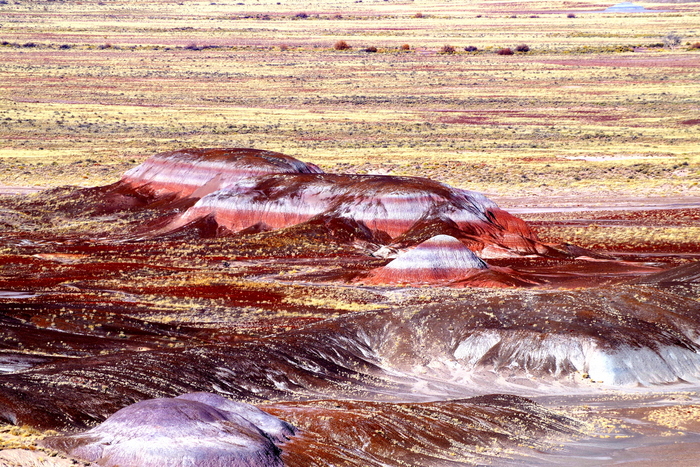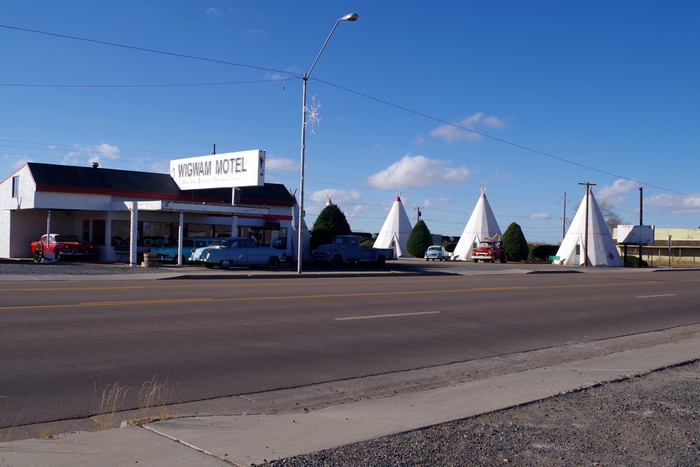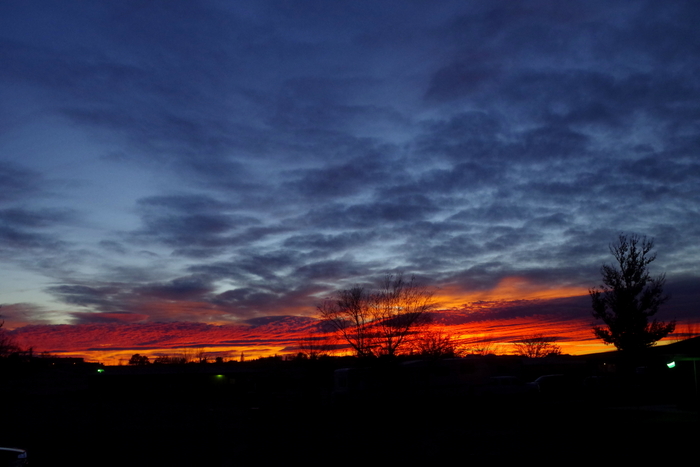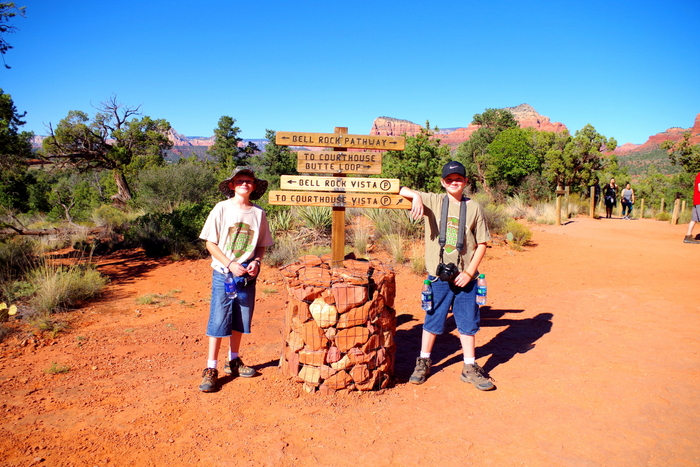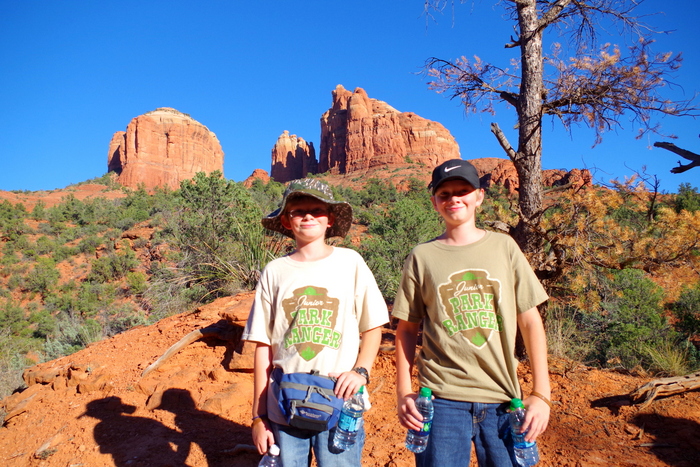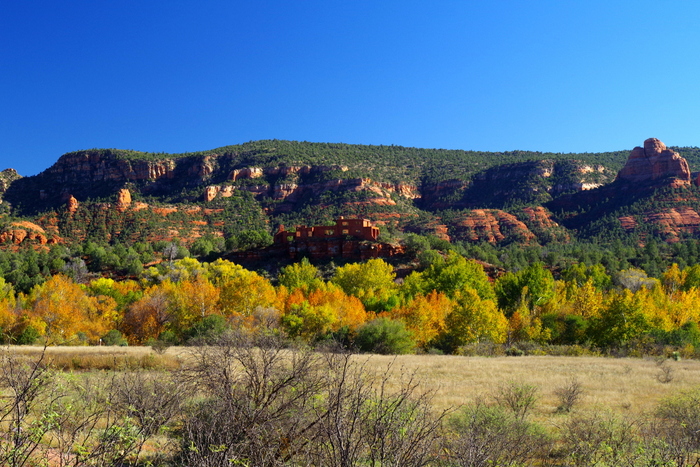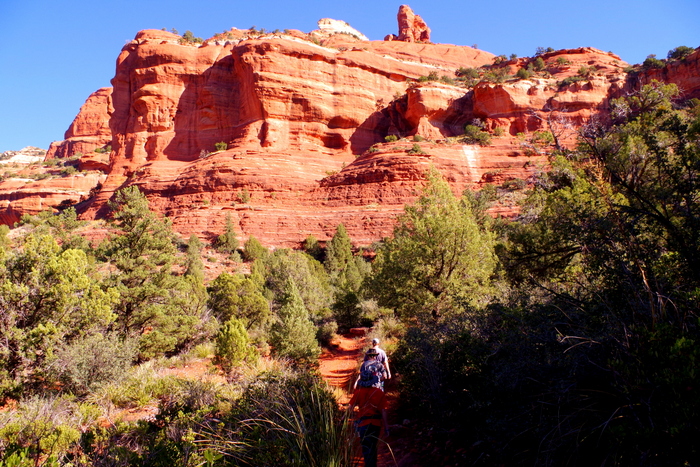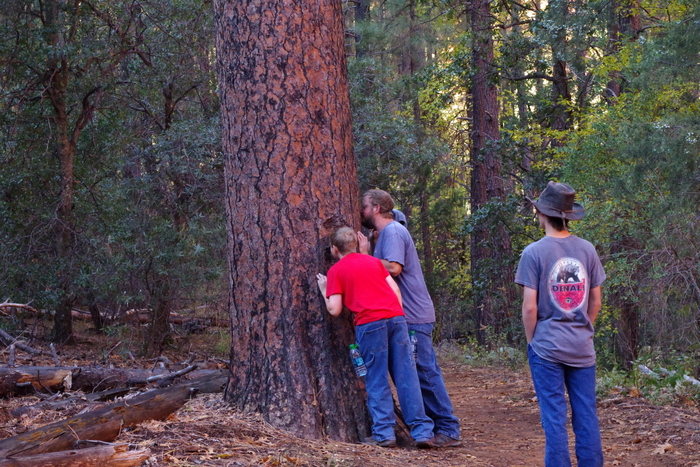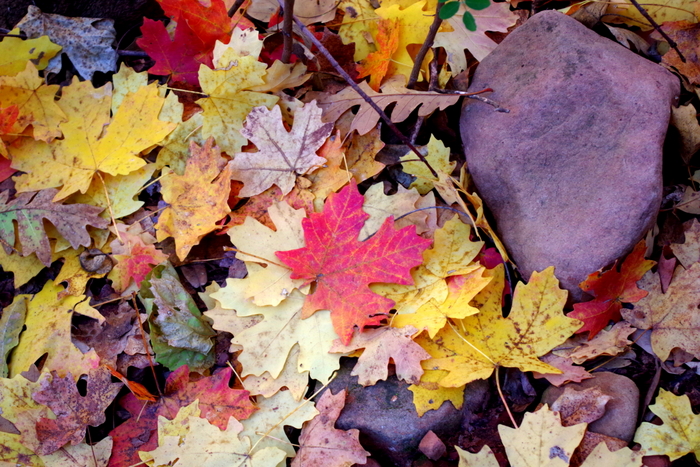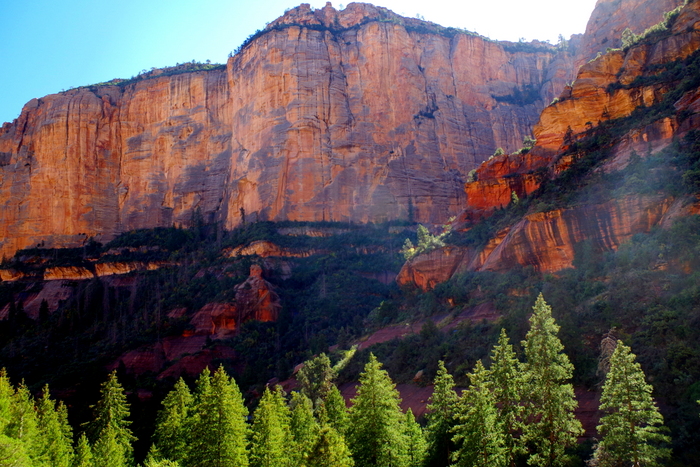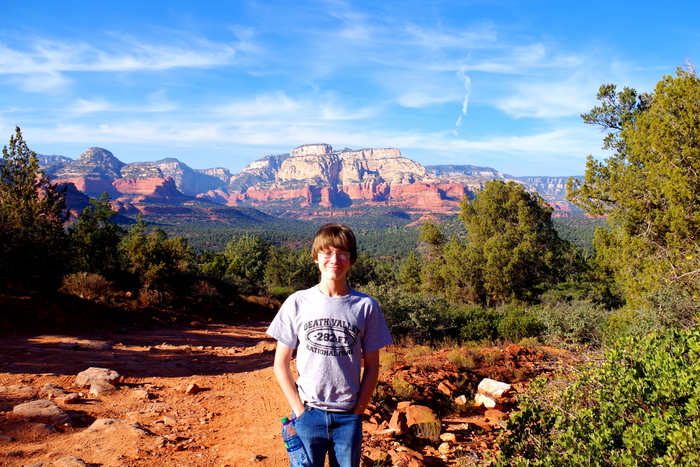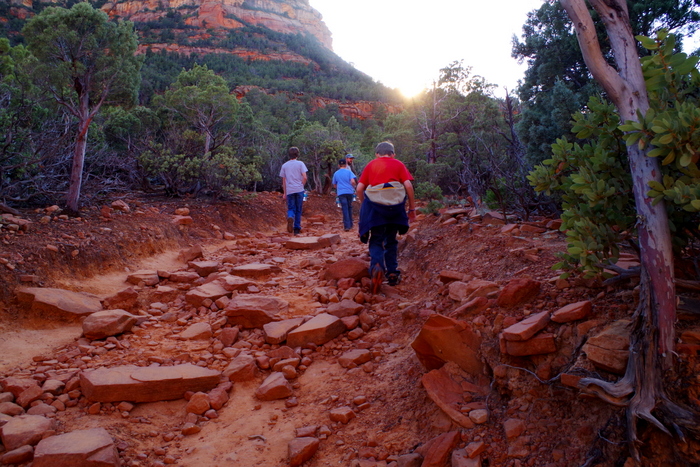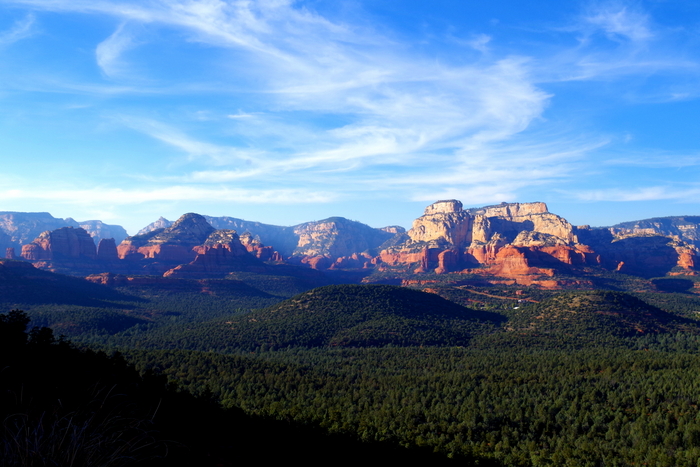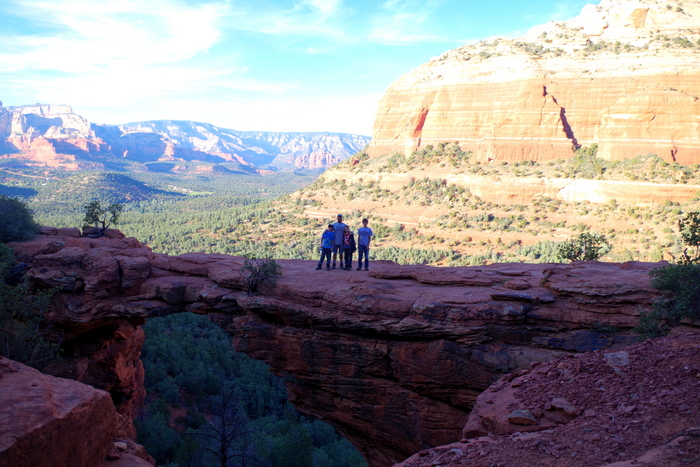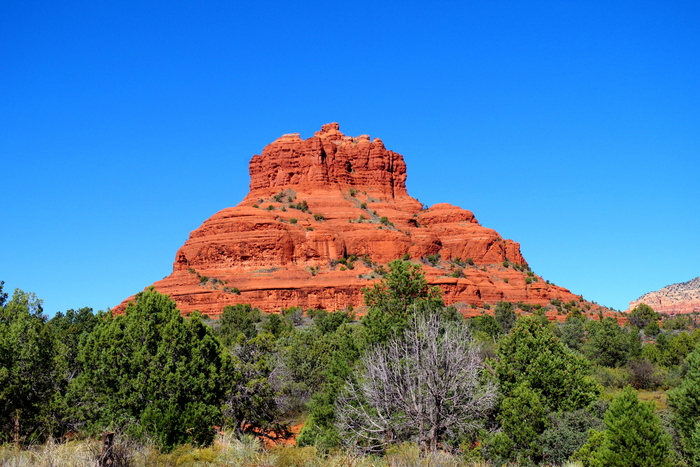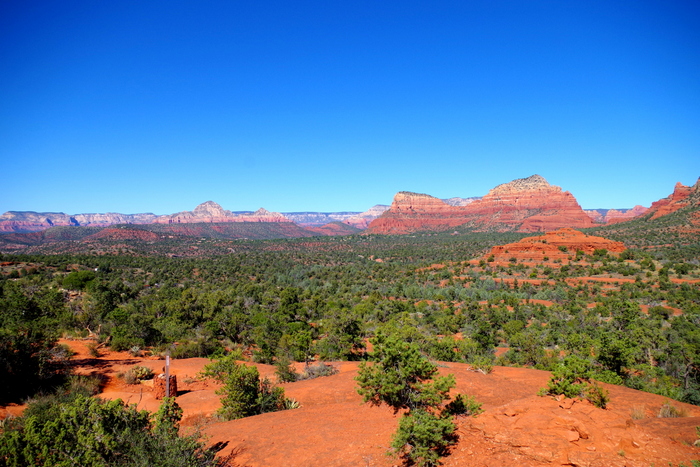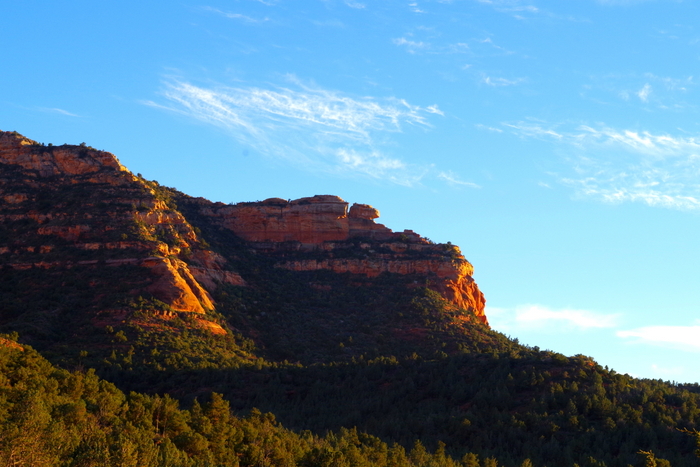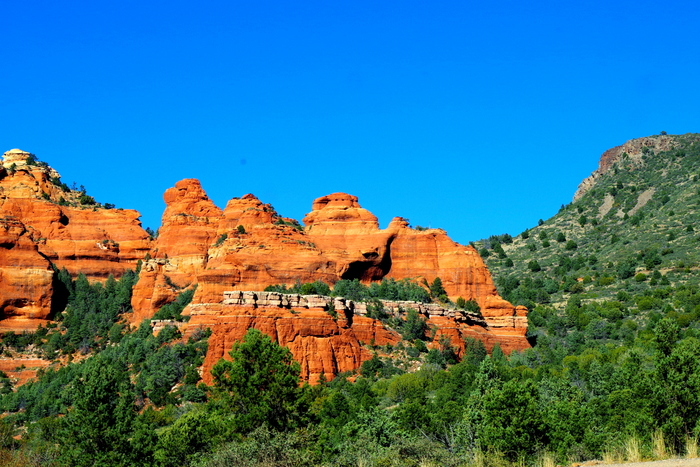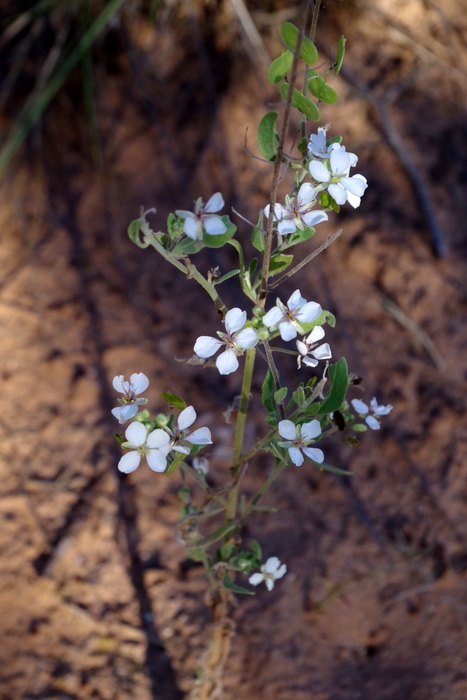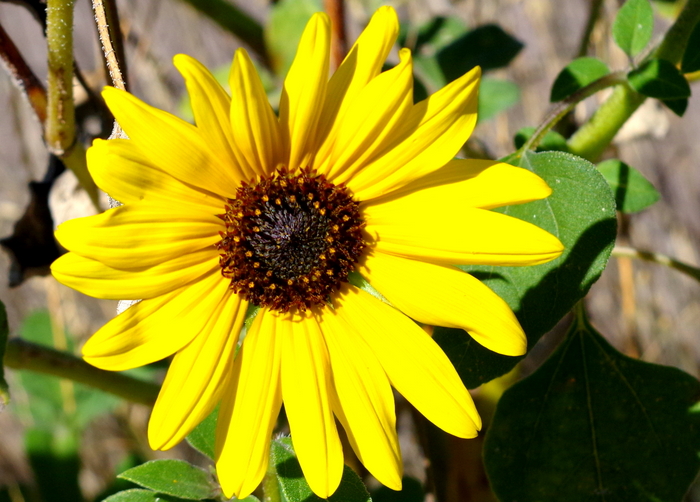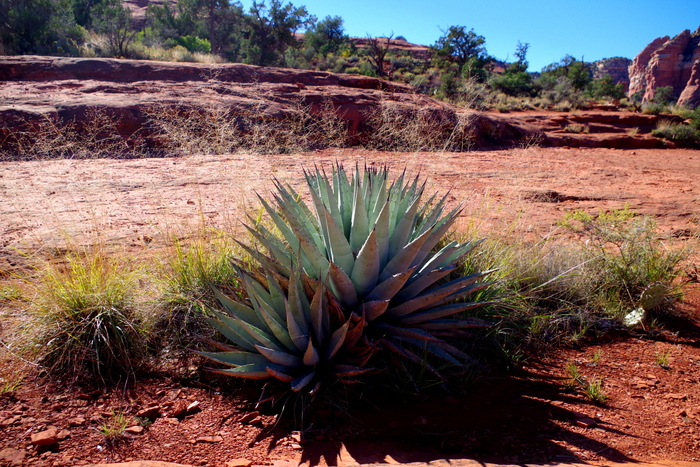The Easternmost Point in the US!
We only spent a weekend in Lubec, Maine, but we wish we’d spent a couple of weeks.
Lubec was founded in 1811 and was once the home of fishing fleets and smugglers, but is now known for being the easternmost point in the US.
The area has 20 foot tides and has 96 miles of coastline…so it should come as no surprise that there were quite a few lighthouses.
Right across the International Bridge is Campobello Island, New Brunswick where you can spend time exploring Roosevelt Campobello International Park. Franklin D. Roosevelt grew up spending summers on Campobello Island and later when he had a family of his own, he took them to spend summers there.
You can wander through the 34 room Roosevelt summer home. There are interpreters there to answer any questions. The boys were curious about the huge megaphone. When the Roosevelt’s were staying at the cottage the megaphone would be hanging up on the porch right outside the door in the photo above. Elaenor would use it to call the children home. We were told her voice could be heard over a mile away.
The first thing we did when we got to Lubec was find a place to eat. We ended up at Fisherman’s Wharf. It was fantastic! The food was amazing and the service was spot on!
They talked us into trying some periwinkles. We (except Littlest) tried them and guess what…we liked them! Except Littlest. He stalwartly refused to try one. In his defense, they do look gross.
You can’t come to Maine and not get some lobster…or lobstah! The RV park we stayed at told us where we could go get some lobstah
right from the boat! We drove half an hour to get to Little River Lobster Co in Cutler, ME and let me tell you…it was soooo worth it!
We walked right out on the dock and had our pick of lobsters that had just come in. Talk about fresh seafood!
We loaded our cooler up with almost 15 pounds of lobster and then put some seaweed on top of them to get them home. Did you know you can pack lobsters in seaweed? It worked beautifully! And because I know you’re curious…we got all of that lobster for around $80. Lobstah for days!!! Remember that lobster roll in one of the pics above? That one lobster roll cost around $16. We found that price to be pretty consistent throughout the area.
The lobsters made it home just fine and were talking to each other when we opened the cooler. Magnus was not amused. He sat guarding the cooler for a while. He’s always certain that his death is imminent.
Sunset RV Park has lobster gear to loan out to anyone who stays there. For free. They even came down and told us how long the lobsters needed to cook!
We cooked our lobster in sea water. Jerl braved the cold weather and cold water to wade out and fill the pot. He made a few hoops and hollers while doing it. The day we did this it was a balmy 57° outside.
Let’s talk lobstah. Did you know that lobster used to be so plentiful that they would wash up on the shores of Maine? They could be plucked up right of the shores. In the mid-1800s lobster was selling for 8¢ apiece. The big boy you see in the photo above is on a 16 inch tray. He’s what they call a Select. He was hard shelled while the rest of the ones we got were called Chixs and they were all soft shell.
Vocabulary time!
A Chix lobster is the yougest and weigh 1 pound.
A Quarter lobster weighs 1¼ pounds.
A Select lobster is a choice lobster and weighs at least 1½ pounds.
The one we got was close to 4 pounds! What’s the difference between hard shell and soft shell? A lobster will molt about 14 times before it reaches maturity. Every time it molts it sheds its hard shell and is left with a softer shell until the shell has time to harden.
While lobster was a definite highlight of our time spent in Lubec, we also did a couple of awesome hikes!
Thanks to an Instagram friend we found out about the Bold Coast Trail. I highly recommend it! The trail wasn’t difficult and it spits you out with the view above. We had the place to ourselves so we spent quite a bit of time taking in the scenery.
On the way to Eastport, Maine we made a little side trip to a place called Reversing Falls. There’s not a waterfall. It’s called that because you can stand there and watch the current reverse its direction with the tide. Remember those 20 foot tides I told you about? We didn’t get to see it reverse, but we did enjoy another small hike and had the place to ourselves!
Eastport, Maine is the easternmost town. We spent an afternoon there where we found another lobster roll to try. I mean…we were in Maine…we had to eat lobster, right?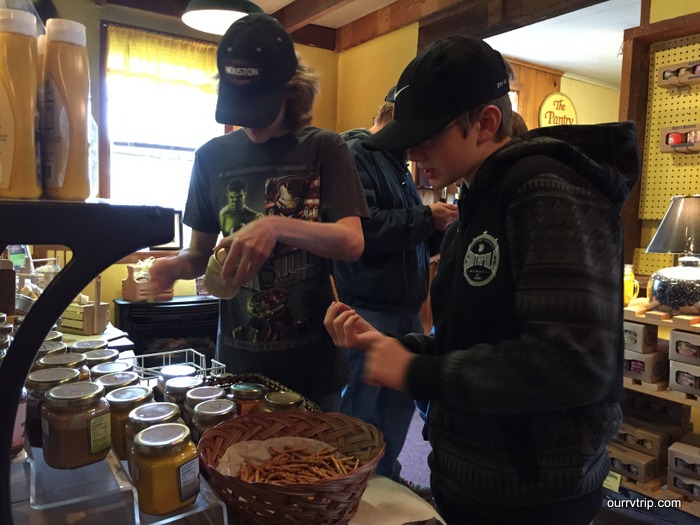
We stopped by Raye’s Mustard Mill. You could try all 20 or so flavors of mustard. I think we tried them all.
And then we bought more mustard than one family really needs. Looks like we’re set for a while!
The only thing we didn’t love about the Lubec, Maine area was the road getting there. It was sooo bad. It might have bumped the ALCAN out of our worst road ever spot. It was that bad! Now, having said that…we made it there fine. And we will travel that road again to go back.
There were a few flowers.
The wild roses were everywhere and smelled so good!
And Guys….we found fireweed!! In Maine! It’s official…Maine is a mini-Alaska!!!
We loved the Lubec area so much we’ve decided that once we’re done with the fifty state tour we could easily spend one or two months there…someday!
#easterloop2016
